Andrew Jackson, the 7th president of the United States for two terms, 1828-1836) was reportedly born here in 1767 on the plantation where James Crawford (his uncle) lived. This stone marker indicates the location of his place of birth, although some claim that he was born in North Carolina. At the time of his birth, the line between the states had not yet been surveyed. The marker is on the trail near the Museum/Park Office and the Crawford Trailhead.
Near the marker is this bronze statue of a young Andrew Jackson, The Boy of the Waxhaws, by Anna Hyatt Huntington. It was dedicated in 1962.
The Museum is open Saturdays and Sundays from 1:00 to 5:00 pm, but also available by appointment Monday through Friday. We were not aware of this when we visited on a Tuesday, but fortunately, a park ranger unlocked the building and permitted us a leisurely visit of the museum. Thank you!
Andrew Jackson's family were Scot-Irish Presbyterian emigrants from North Ireland who started coming to America in the 1750s. About 120 families, including the Jacksons, settled in the Waxhaw area around their church known as the Waxhaw Meeting House. Here's a summation of some key milestones in his life (1767-1845):
- 1767: Jackson's father tragically died at age 29 shortly after Andrew's birth, leaving, Elizabeth, his mother, with three small children. She moved in with her sister and her family that owned an 100-acre farm.
- 1776 - Andrew (age 9) moved in with his uncle's brother, Robert Crawford, in Waxhaw where he attended school with his cousin.
- 1779 to 1781 - his brother, Hugo, died during a Revolutionary War battle; his second brother, Robert, died of a head wound sustained in battle; and his mother died of cholera contracted while serving as a nurse for injured soldiers; leaving him an orphan at 14.
- 1784 - moved to NC to study law (age 17)
- 1788 - moved to TN where he began his political career as a US Congressman and Senator.
- 1798 to 1804 - served as a TN Superior Court Judge.
- 1801 - appointed commander of the TN militia.
- 1803 - purchased the Heritage Plantation where cotton was the primary crop; it eventually grew to 1,000 acres in size and used slaves (up to 150) as the work force.
- 1815 - served with honor and bravery in the War of 1812 leading 5,000 troops to a decisive victory over the British force of 7,500 in the Battle of New Orleans.
- 1817 - served in the military during the First Seminole War; named military governor of Florida in 1821
- 1824 - ran and lost the presidential election to John Quincy Adams.
- Jackson and his wife, Rachel, adopted three sons (two Native American) and were guardians of eight more children (orphans of family and friends).
- 1828 to 1836 - ran and won the presidency to serve as the 7th President for two terms; sadly, his wife died shortly after the election. His three most controversial presidential actions: the removal of Native Americans from the southwest to Oklahoma (the Trail of Tears); the dismantling of the Bank of the United States; and, his threat to use military force against SC to stop them from nullifying federal laws. Arkansas admitted to the Union; Michigan was admitted in 1837.
- 1837 - Jackson retired to the Hermitage plantation where he died in 1845.
- 1863 - the first of 13 stamps with his portrait was printed.
- 1869 - Jackson's portrait first appears on US currency; it is currently on the $20 bill which will be replaced with slave leader, Harriet Tubman in 2029.
Many counties, cities, parks, schools, military entities (fort, ships, etc.), streets, and more are named after him. Jackson was known as a military hero, strong-willed, self-made man who strongly believed in a people's democracy and a unified nation. He was the founder of the modern Democratic Party.
The museum has displays about his life starting with his childhood years.
The uniform on the left is of the Prince of the Wales American Grenadier Regiment (American colonists loyal to the British Crown) and the right one is from the Virginia Continental Infantry (American colonists fighting against the British).
Near the museum is the replica, log-cabin, The Little Schoolhouse. It is open to the public on Saturdays 1:00 to 5:00 pm and Sunday's 2:00 to 5:00 pm. Group tours and field trips can be arranged by appointment.
Below is a replica Meeting House at the park that is available for rent. The architectural design is similar to the original ones built in the 1800s. The Jackson family belonged to the Waxhaw Meeting House that was the center of the community and used for recreational events as well as church meetings.
Across the road from the museum is a large shelter with fireplace and picnic tables that can be rented.
We hiked the Garden of the Waxhaws Trail (1 mile) through the forest around the scenic, 18-acre lake. It is a well-marked trail rated as moderate.
Non-motorized boats may be rented (from the office where paddles and life jackets are provided) for $3/hour or $15/day. Fishing is also permitted from the pier (a SC fishing permit is required).
Benches are positioned along the trail for a rest or to enjoy the view. I loved this lake view of cypress knees and tree trunks near the shore.
We enjoyed seeing this great blue heron and white heron each morning and night walking along the perimeter of the lake looking for food.
We really enjoyed this lovely state park. After visiting the small museum, I became a little obsessed with learning more about Andrew Jackson (which I found very interesting). Admission for day use is $2/adults; $1.25 for SC seniors; and 15 and younger free. Because we stayed at the park's campground, we were not required to pay the day use fee. For additional information, check them out online.
Website: www.southcarolinaparks.com



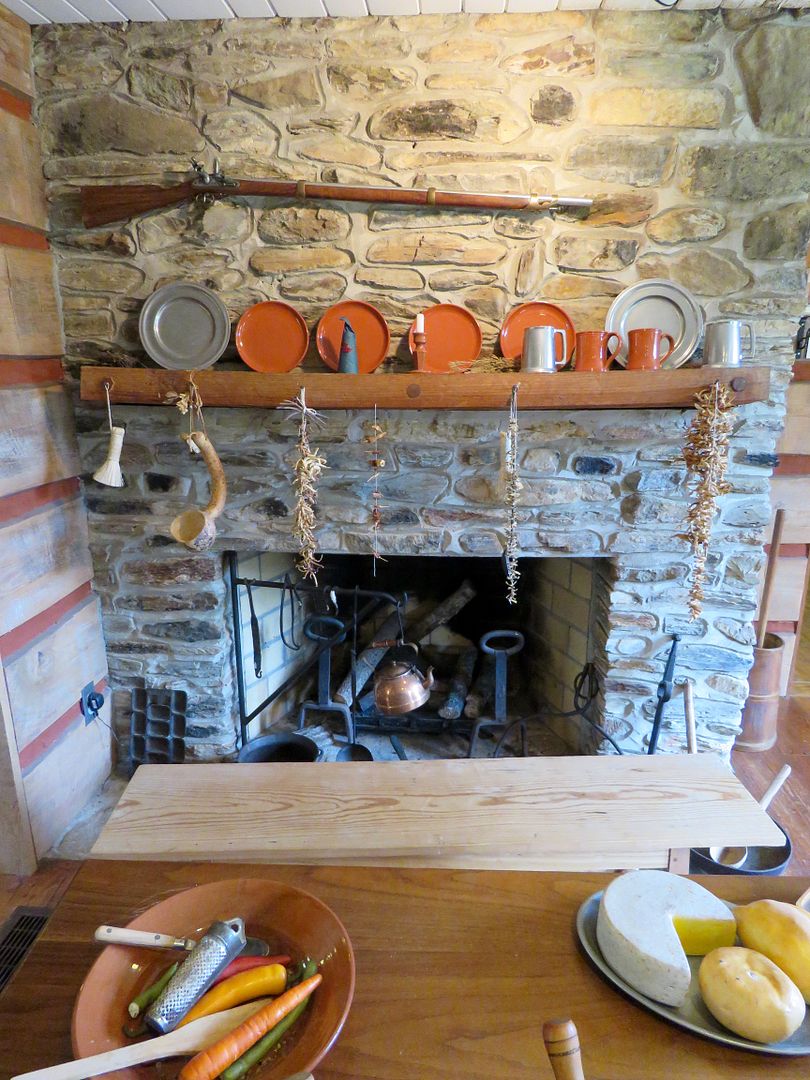

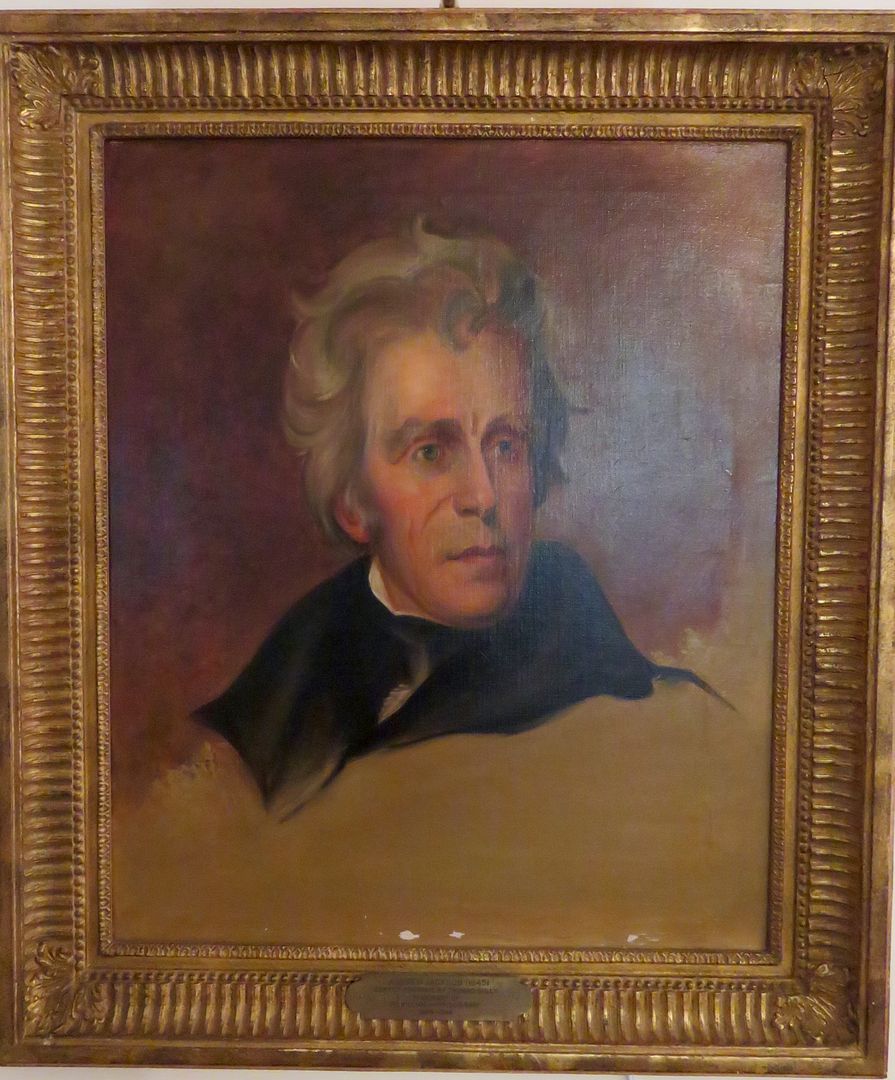
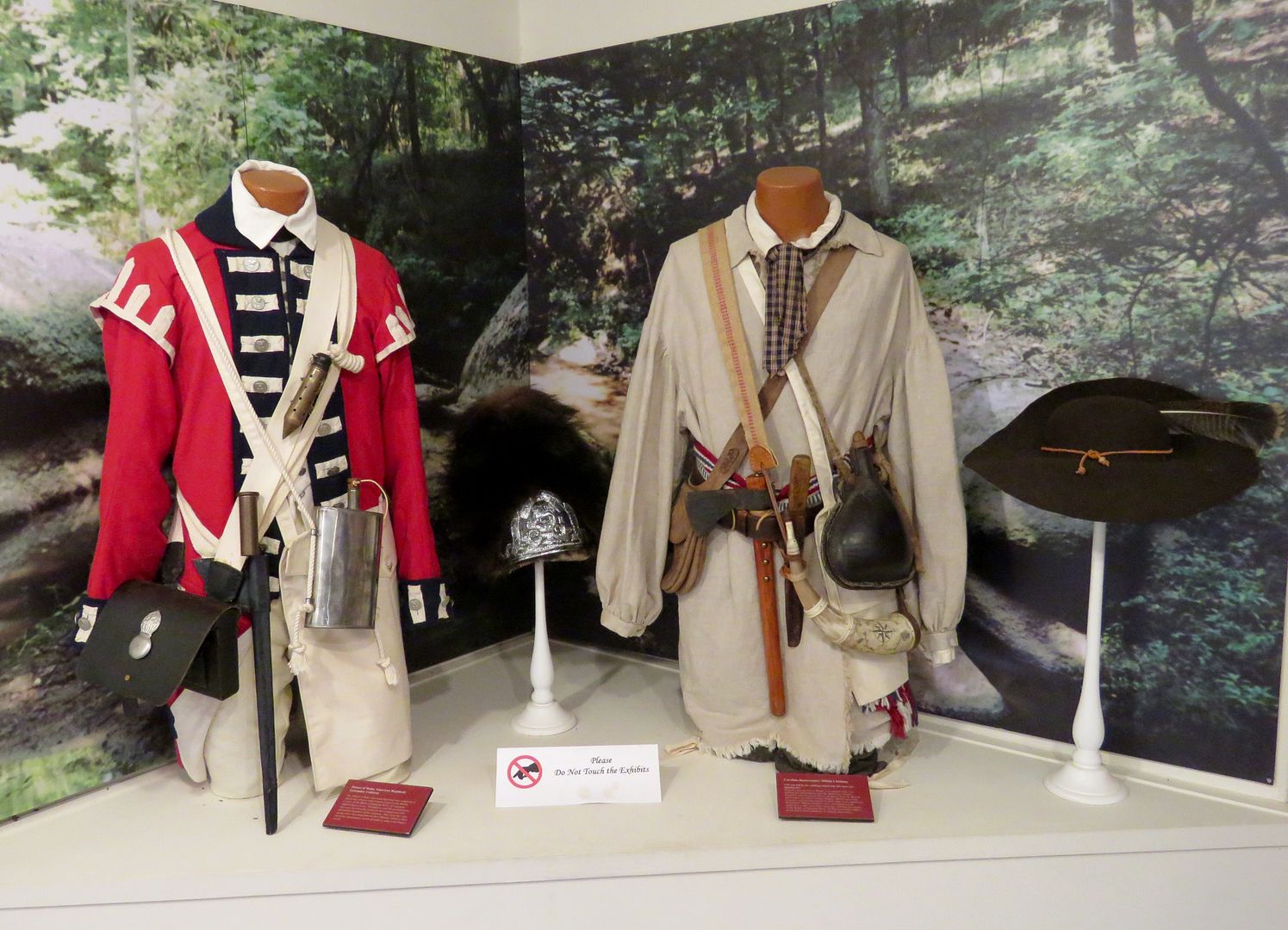
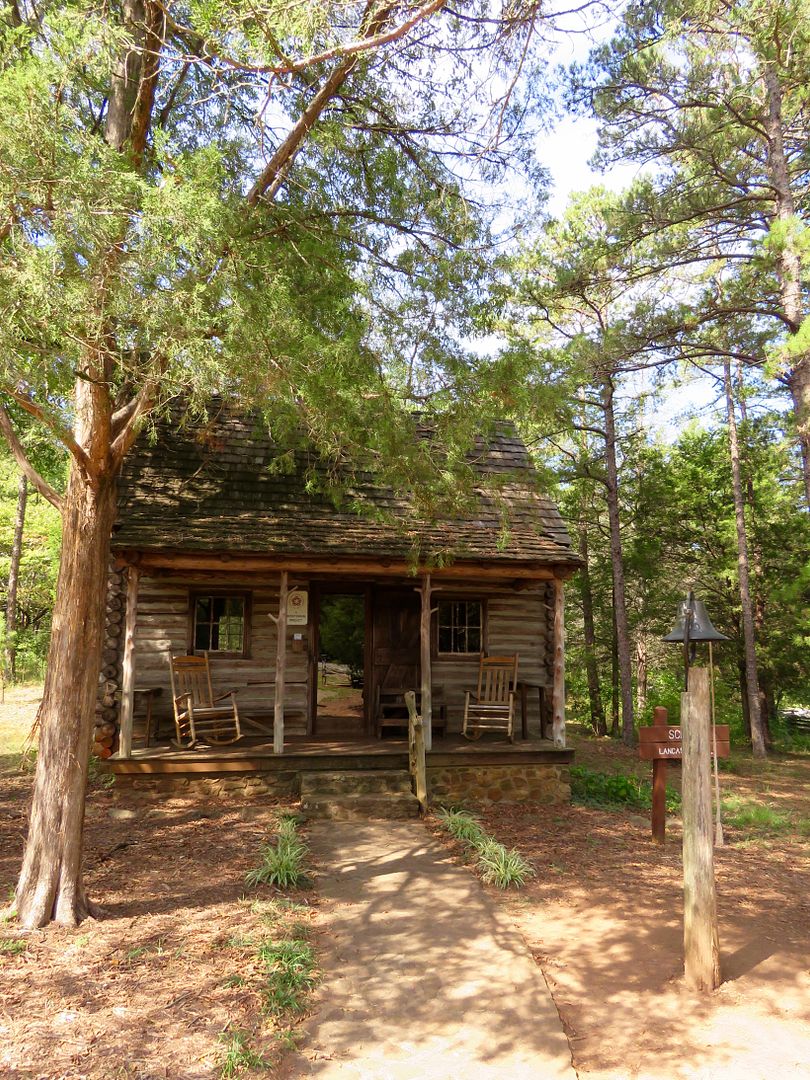
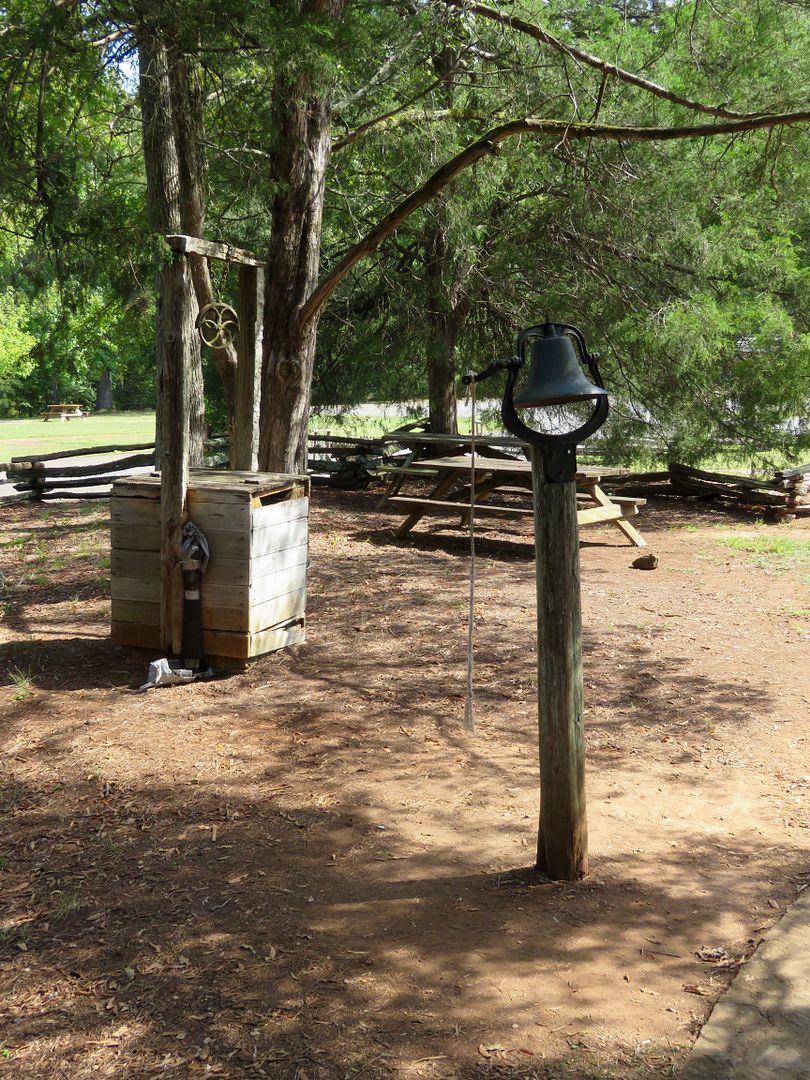
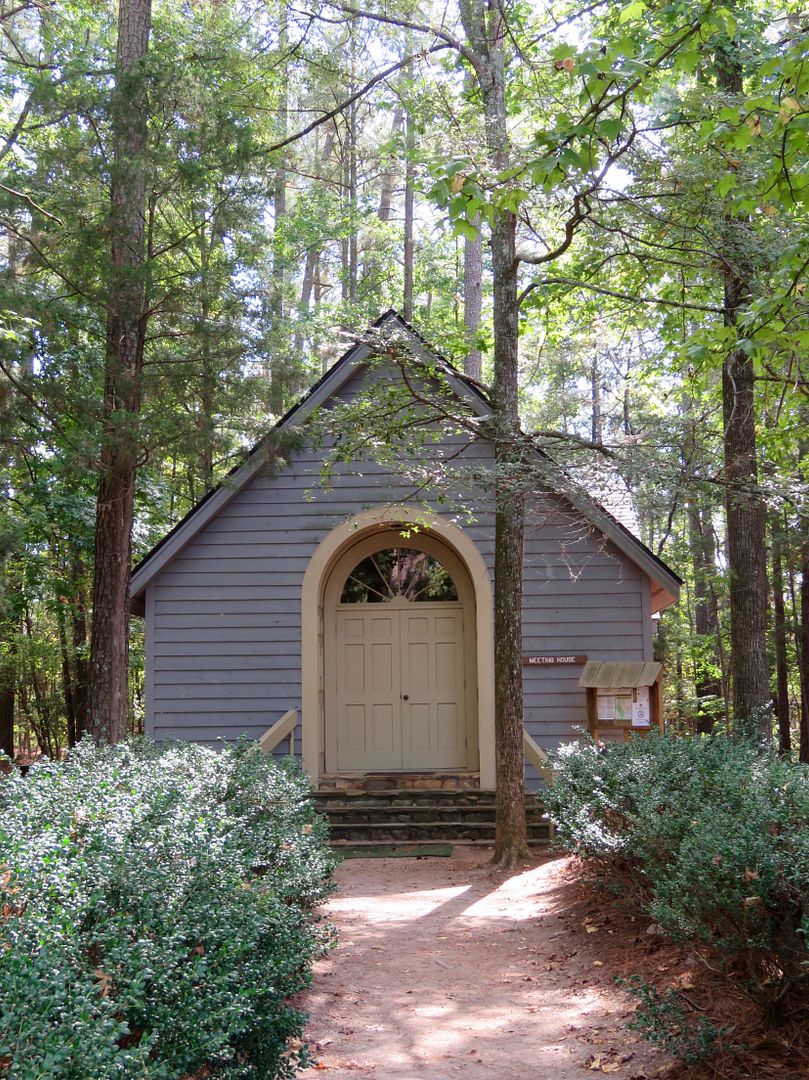
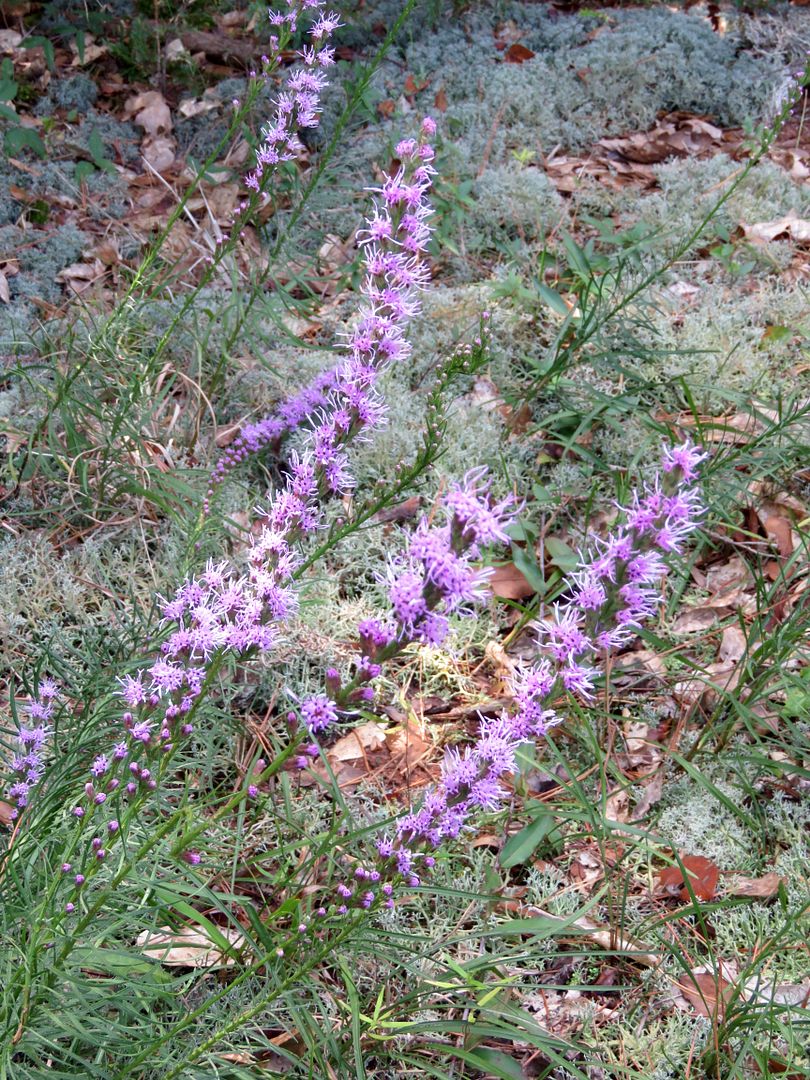
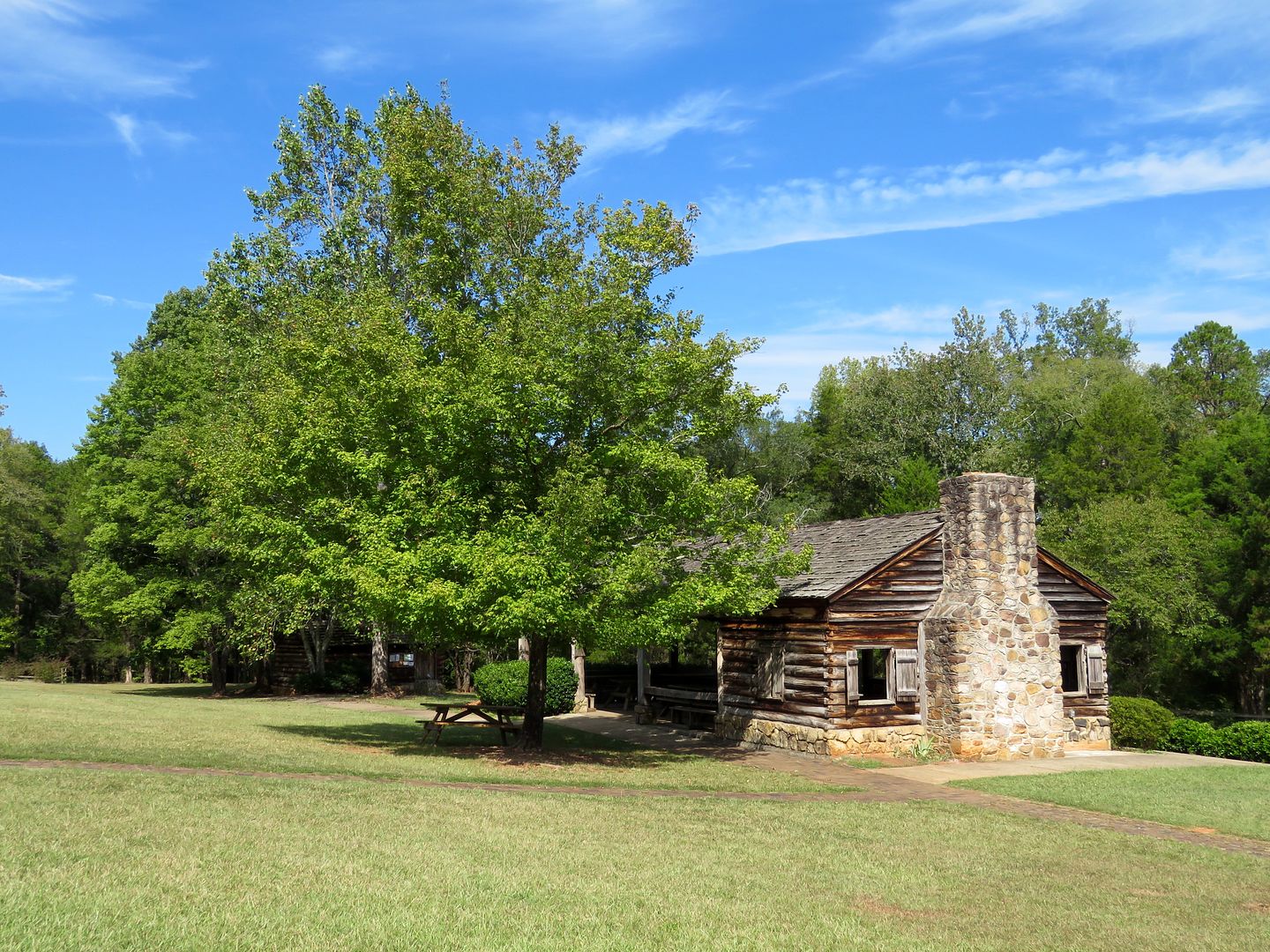

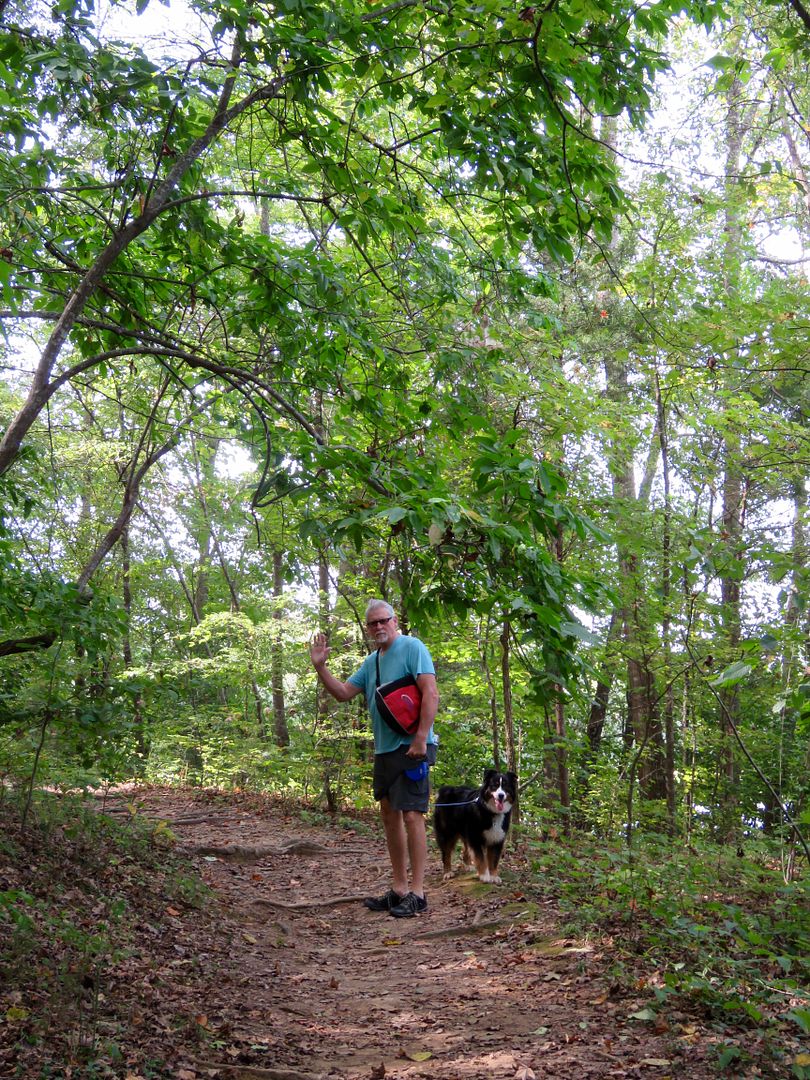
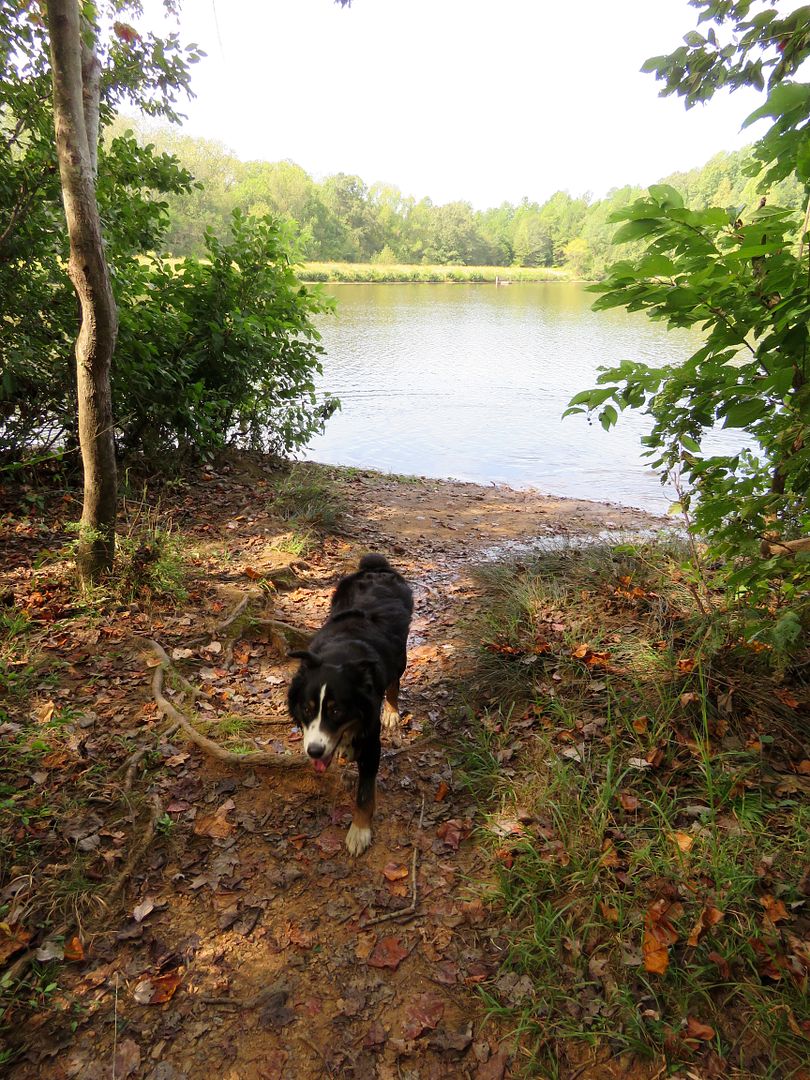


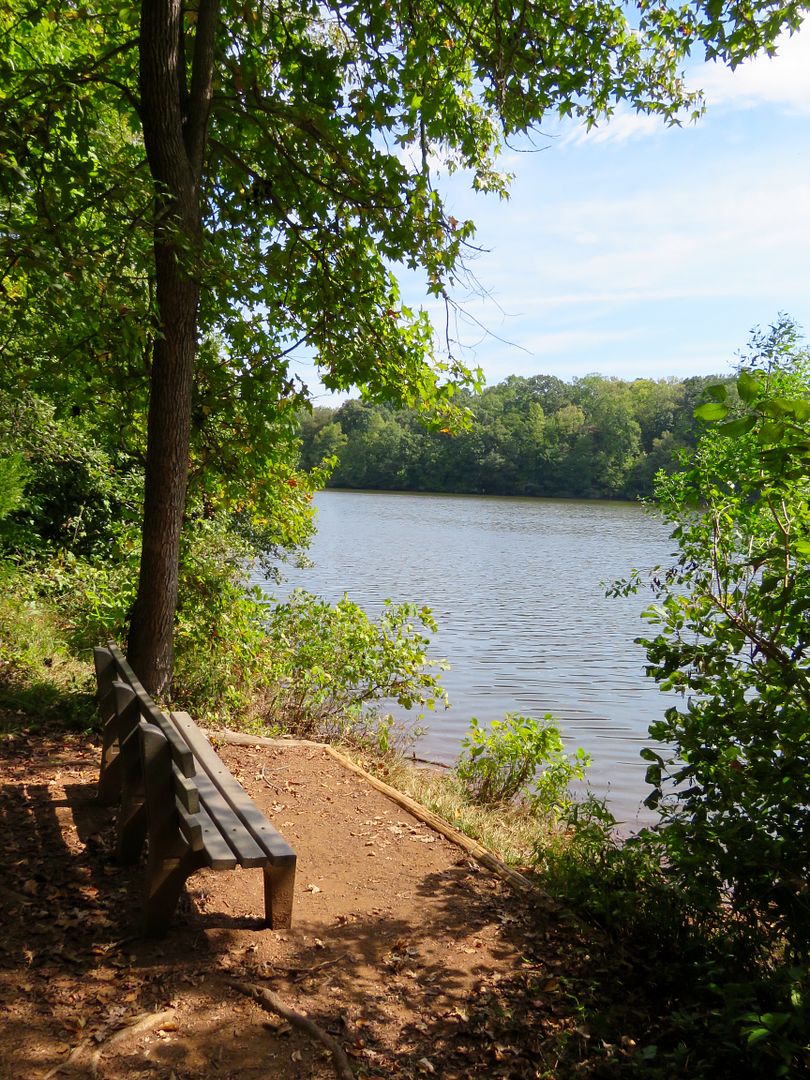
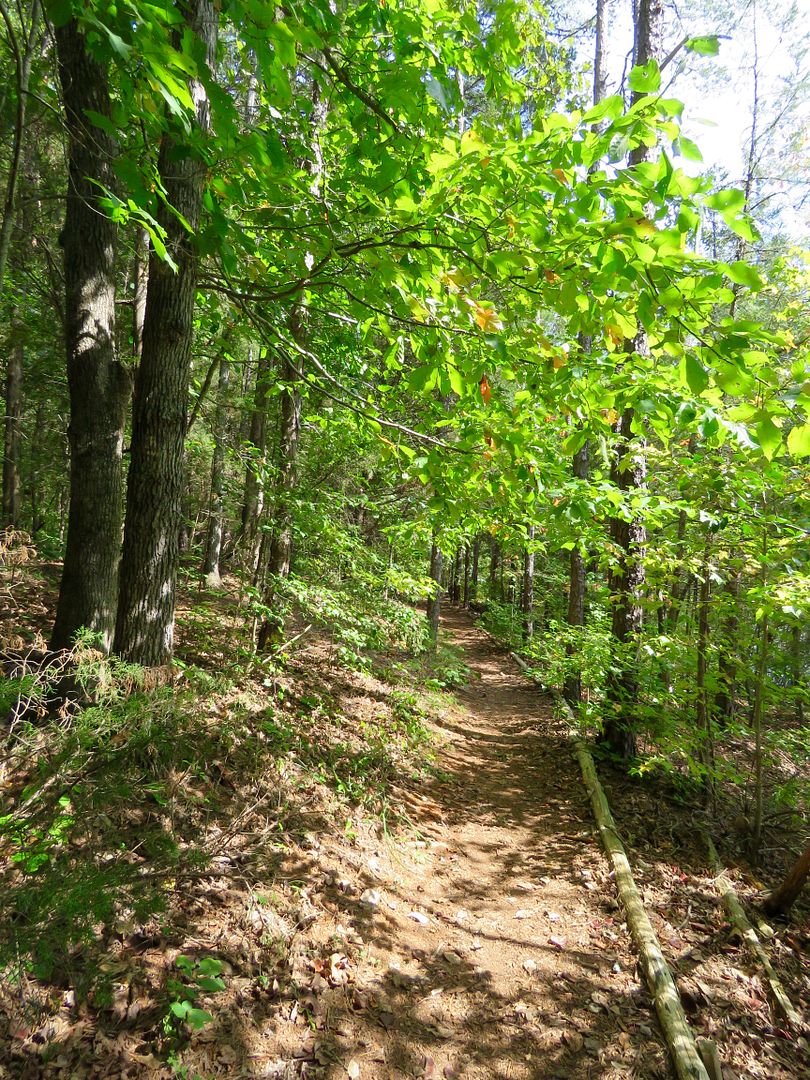

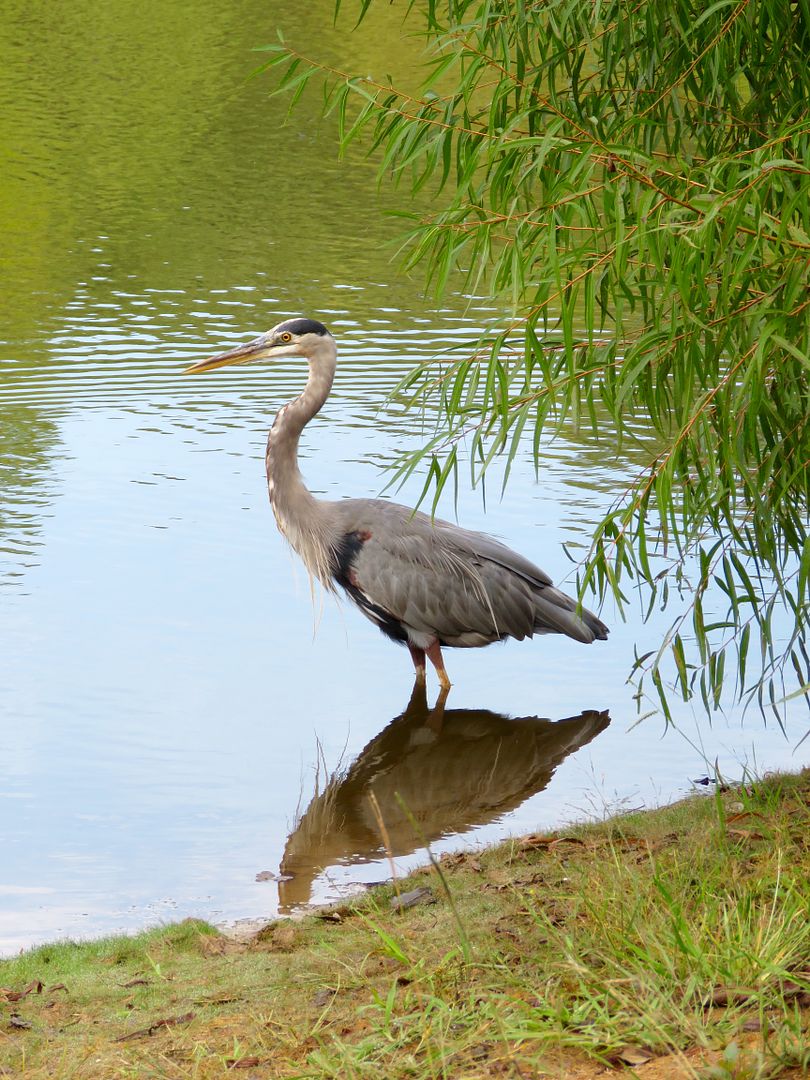
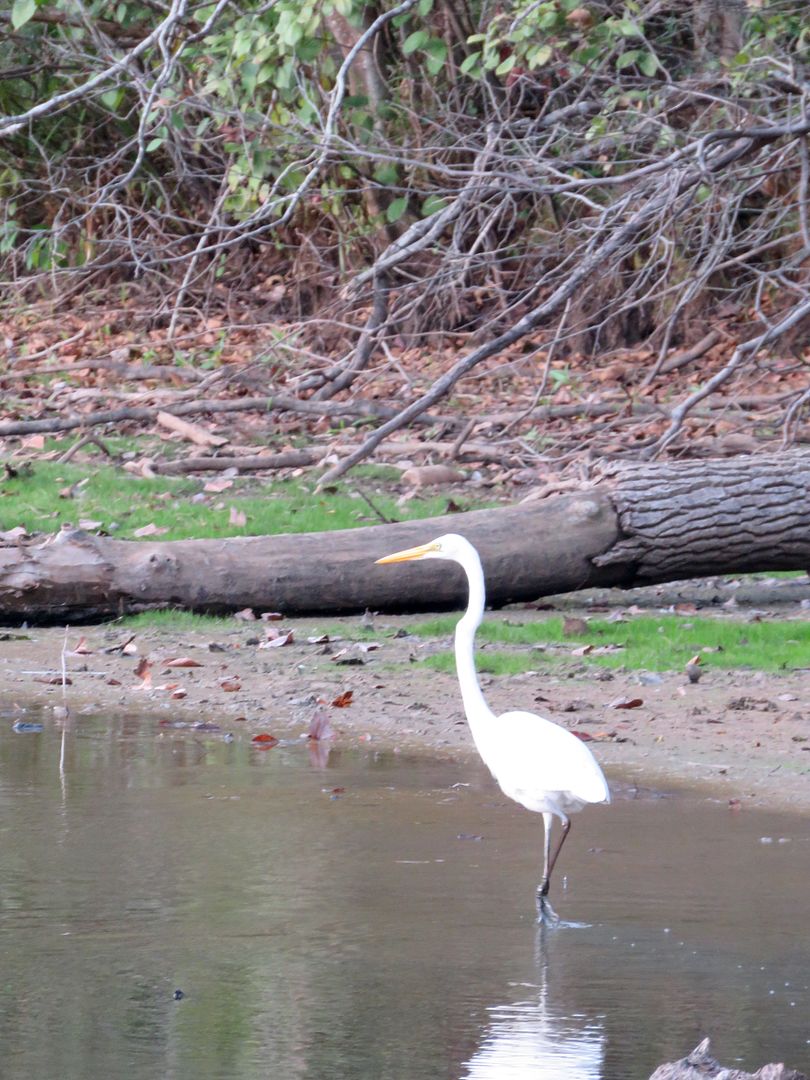
No comments:
Post a Comment